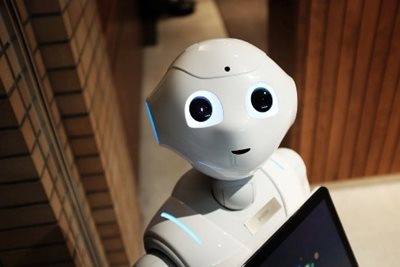Published: 11 July 2019

With the introduction of new technologies as the turn of the century, warehousing has been constantly changing and adapting to the times – along with the rest of the industry among many other trades. However, more recently e-commerce giant, Amazon, began to introduce drones to deliver goods across the US – along with robots that can automatically move goods from one isle of a warehouse to another when commanded. These robots were introduced at Amazon warehouses all over the world.
According to a study carried out by ABI Research, robots used within warehousing will only continue to rise, eventually growing to seven million or more within the next decade. At some point during this, ABI expect robots to become a standard part of everyday life in the warehouse environment. Robots are needed to match the demand of an ever-growing need for stock, with their efficient design it would prove to be a cutting-edge solution meaning companies such as Amazon will have the capabilities to process same-day deliveries.
Based on estimates, in 5 years, there will be over 4 million commercial robots completing operations in 50,000 warehouses – when compared with 2018, where only 4,000 had robots in operation.
Speaking on the matter, senior analyst for ABI Research, Nick Finill, spoke on why robots will have such a big role to play in the warehouses of tomorrow: “Flexibility and efficiency have become the main differentiators in the e-commerce market, as retailers and 3PL companies (based on third party logistics – editorial note) are struggling to cope with changing product demand, seasonal peaks and rising customer expectations,”.
“Robots enable warehouses to scale operations as required while offering significant productivity gains and alleviating work and staff challenges,” he continued.
With the organization skills available to the robots and devices, this could lead to more spacious warehousing environments, meaning more room for stock and less of a demand for newly developed warehousing – instead firms will find a solution in improving their storage and organization skills thanks to the new machines which will help to cut costs.
The developers creating and distributing these robots allow firms to remove or add any amount of them from fleets when required. Meaning a better environment for organizing and cost-cutting based on the time of year and the amount of work that businesses are taking on. This will be of huge benefit to any business in the e-commerce market.
Along with these bots, newly developed AI technology is being tested for warehouses – such as order pick and pack bots and even autonomous forklift vehicles. While this raises some concern for employees in regards to how ethical it is to potentially replace members of a workforce with machines, it is nonetheless impressive to see what technology is capable of when compared to even 10 years earlier.